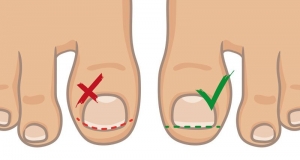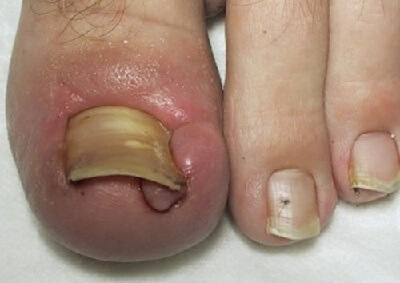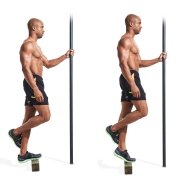INGROWN NAIL SURGERY
Nail surgery is a common procedure performed by most podiatrists to effectively treat an ingrown toenail: a nail that has pierced (or is pressing against) the adjacent skin of the toe causing pain and inflammation and sometimes infection.
Conditions this service treats
Surgery may be required when an ingrown toenail repeatedly gets infected, is continually painful, when the patient is unable to wear shoes or the condition inhibits work, sporting or other activities.
Before surgery is recommended, your podiatrist will explore other, more conservative treatment options.
How does the treatment work?
A ‘Partial Nail Avulsion’ (known as a PNA or nail root and matrix resection) is a minor nail procedure performed under local anaesthetic. The offending portion of the nail is gently lifted and trimmed away, generally without the toe being cut or stitched. Both sides or the entire nail may be removed this way. A chemical may also be used, at this point, to assist in preventing nail regrowth.
Prior to ingrown nail surgery your podiatrist will conduct a complete assessment, taking a medical history, a list of any medications that have been prescribed for you, as well as considering any other clinical factors that will determine whether or not this surgery is suited to you. An assessment will generally also include an examination of blood supply to the foot.

What are the benefits of this treatment
Ingrown nail surgery aims to permanently treat ingrown toenails The procedure is performed in the podiatrists’ rooms and takes around one hour. You will be able to walk immediately afterwards, however, you will need to have someone take you home after the procedure.
As with any surgical procedure there is some risk of complication, however, this procedure is known to be very safe and effective.
The most common side-effects are post-operative infection, in the short term, and the possibility of regrowth of the nail over time. The risks of infection can be minimised through good post-operative care and your podiatrist will advise and assist with your after surgery care.










